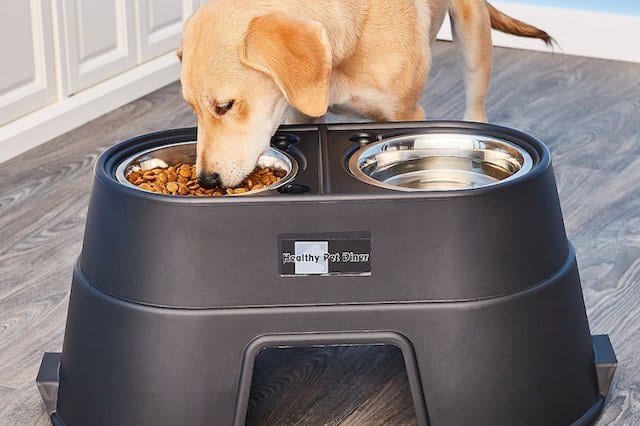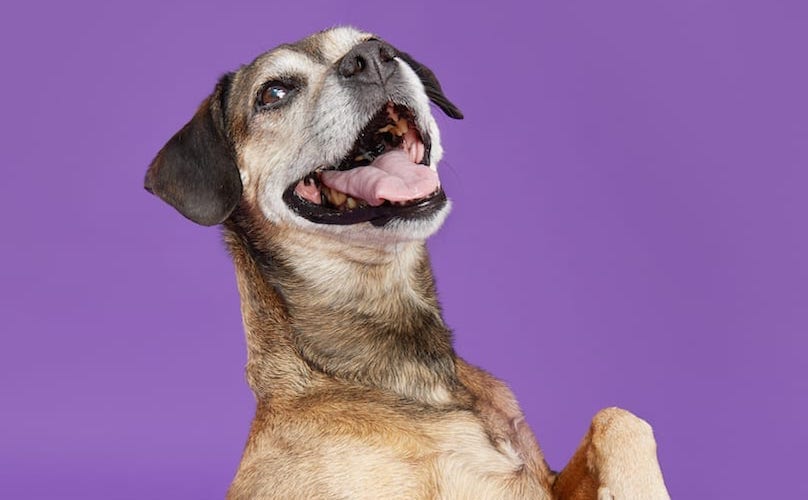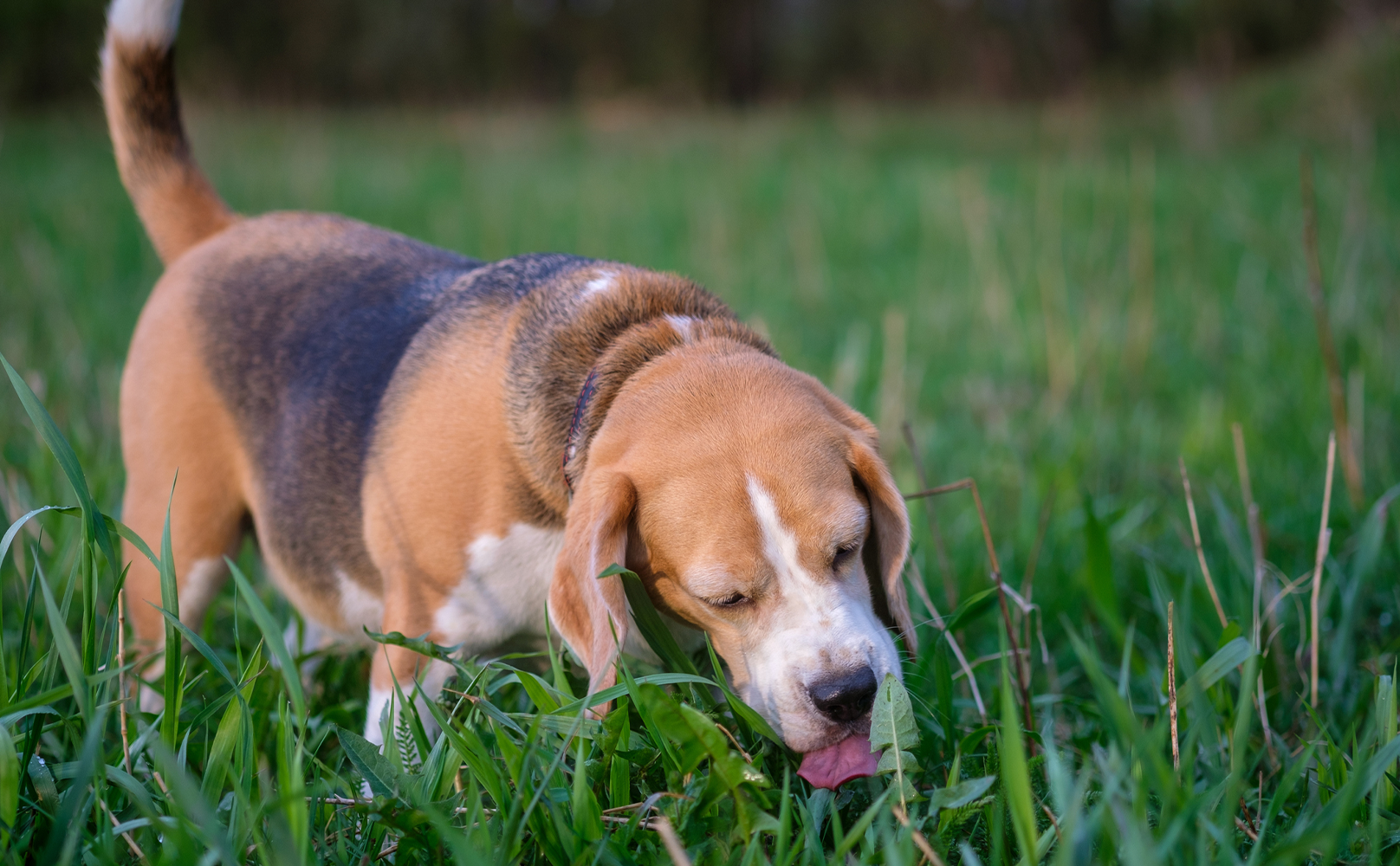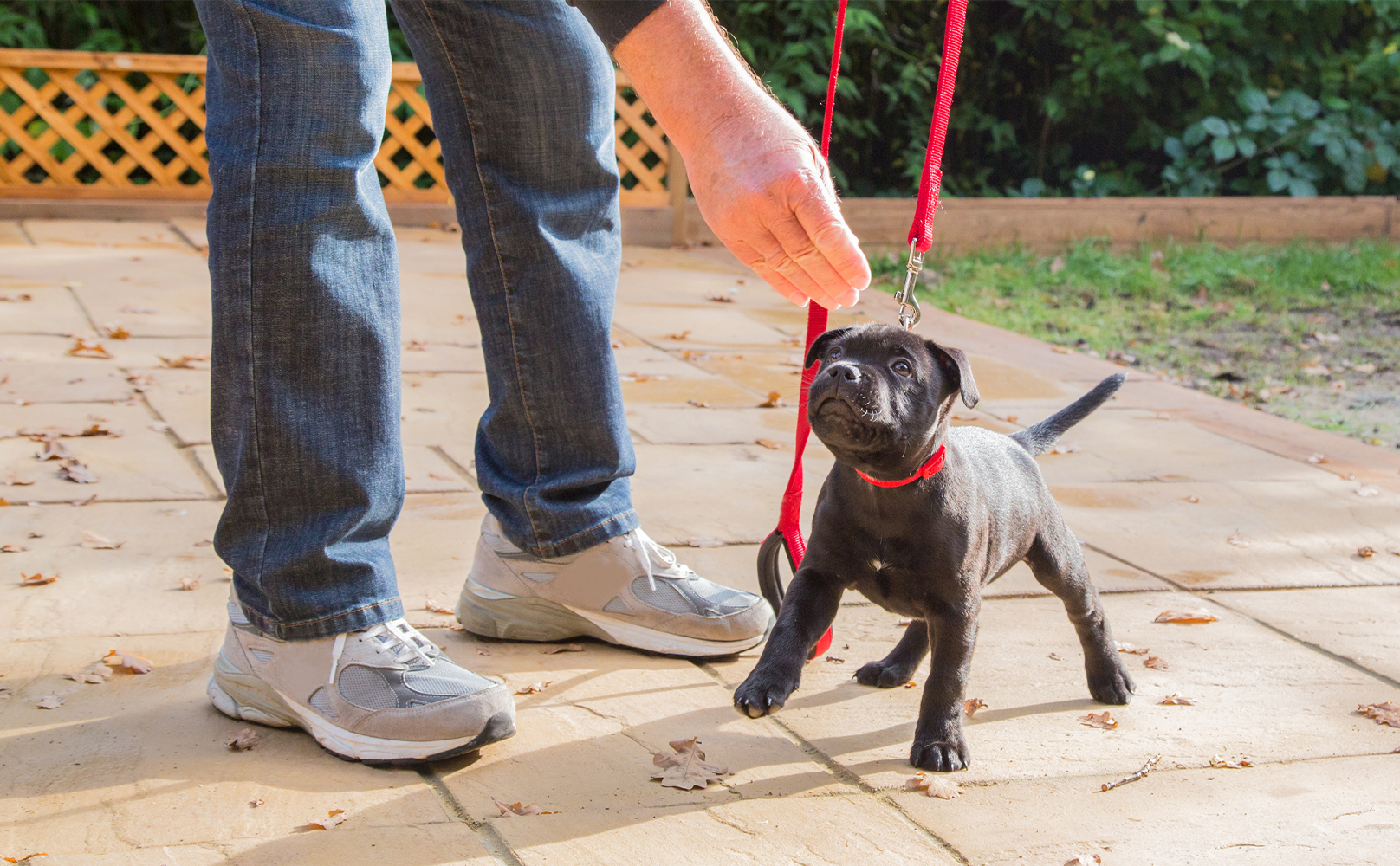It’s no secret—dogs love to eat. Your pup will scarf down their food no matter how you feed it to them. But because you love your pet, you want to feed them in the easiest, safest, and most convenient way possible.
So what, exactly, is the easiest, safest, and most convenient way to feed your dog?
There’s no one-size-fits-all answer to that question, but one method that’s gaining popularity? Elevated bowls.
So, what’s the deal with elevated bowls? Are they good for your dog—and, if so, why? And what kind of elevated bowl (what size, what height, and all that jazz) is going to be the best fit for your four-legged friend?
What Are Elevated Bowls?


So, first things first—what are elevated bowls?
Elevated bowls are exactly what they sound like—they’re feeding bowls that are elevated off the ground. Elevated bowls typically come with a stand that’s a certain height off the ground. (The appropriate size and height for elevated bowls will depend on the size and height of your dog). Some stands have cutouts that hold the bowl, some have a platform where you can rest the bowls, some are adjustable, and some have attachments that keep the bowls suspended in air. There are a number of different types of stands, but the outcome is the same—a food and water bowl that’s elevated off the ground.
What Are The Benefits Of An Elevated Bowl?


Alright, so now that you know what an elevated bowl is, let’s talk about why it might be a good fit for your dog. Or, in other words, what are the benefits of feeding your dog from an elevated bowl?
It can make eating easier for your dog.
According to elevated bowl enthusiasts, one of the top benefits to using an elevated bowl to feed your dog? It’s makes it easier and more comfortable for them to eat.
Elevating the bowl off the ground puts it closer to your dog’s mouth. That means your dog doesn’t have to bend their head down to the floor when they want a bite of food or a drink of water. Having their food elevated puts less strain on their neck—which can be especially helpful for dogs with mobility issues, arthritis, or joint disorders.
It makes eating a whole lot messy.
Another potential benefit? Elevated bowls can make the process of eating or drinking a lot less messy.
If your elevated bowl has a stand with a platform, it can catch any flyaway bits of food or water before they hit your floor. Plus, if the bowls are secure in the stand (which they should be!), your pup can’t push their bowl around the floor and spill their food everywhere.
So, in a nutshell, elevated bowls equal less mess—which equals less time you’ll spend cleaning up after your pup!
What Are The Potential Drawbacks Of An Elevated Bowl?


Now, there’s no perfect way to feed your dog—and that includes with an elevated bowl. And just like any other feeding method, it’s important to understand the risks.
The biggest potential risk of feeding your dog with an elevated bowl is bloat. Bloat (also known as twisted stomach or gastric dilation volvulus) is a dangerous condition that happens when food and gas get trapped in the stomach, which increases pressure and causes a host of potentially life-threatening issues (like stomach rupture).
There is some evidence that elevated bowls increase a dog’s risk of bloat—especially for large or giant breeds. While further research definitely needs to be done (currently, there’s only a single study from almost 20 years ago), it’s definitely something to be aware of when using an elevated dog bowl.
What Dog Breeds Need An Elevated Bowl—And What Breeds Should Avoid Them?


Ok, so now that you know more about elevated dog bowls—and the potential risks and benefits—let’s talk about who, exactly, elevated dog bowls are a fit for.
There’s no specific breed that’s a better fit for elevated bowls that others. It’s more about the size and health of your dog.
As mentioned, elevated bowls are a great fit for any dogs that struggle with mobility issues. Having your dog’s bowl higher off the ground puts less strain on your dog’s neck. So if your dog is older or struggles with joint or bone issues, elevated bowls are a great way to make them comfortable when they eat.
If you have a large or giant breed dog, elevated bowls aren’t going to be the best fit. As mentioned earlier, there is research that shows that elevated bowls may increase bloat in large and giant breeds—so if you’ve got a big pup, you might want to keep their bowls on the floor for safety reasons.
What Size Elevated Bowl Is The Best Fit For Your Pup?


Elevated bowls are a good fit for plenty of dogs. And if you decide it’s the right fit for your pup, the next item on the agenda? Choosing the right size.
Your dog’s elevated bowl should be square with their chest. That way, they don’t have to lift their neck up or down to get to their food and water. This helps with their posture and eliminates any potential neck pain while they’re eating.
You’ll want to measure your pup to get the best height for their bowls. But as a general rule of thumb, a good height for small breeds is between two and six inches. For medium breeds between seven and 14 inches and for larger breeds between 15 and 20 inches.
Looking for perfectly-portioned, nutritionist-crafted, delivered-to-your-door dog food recipes? Try BARK Eats and get 50% off your first month!
Featured image via Pawfect Pets






